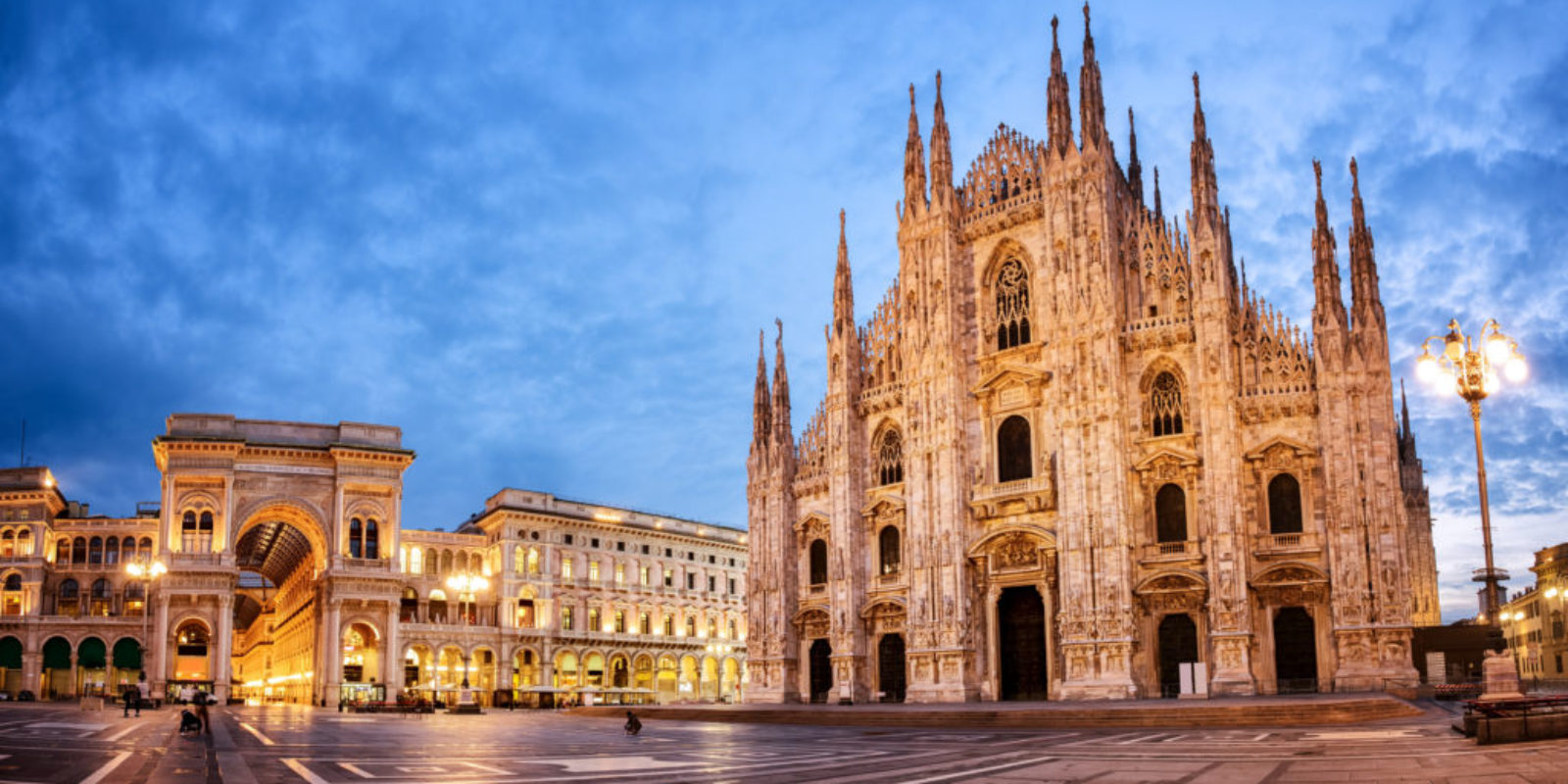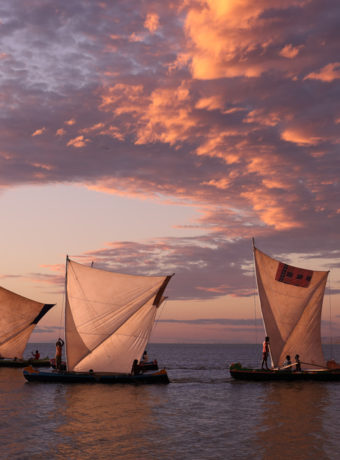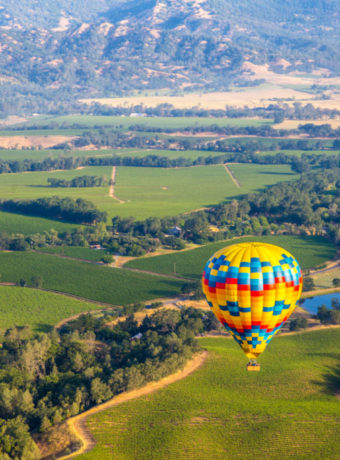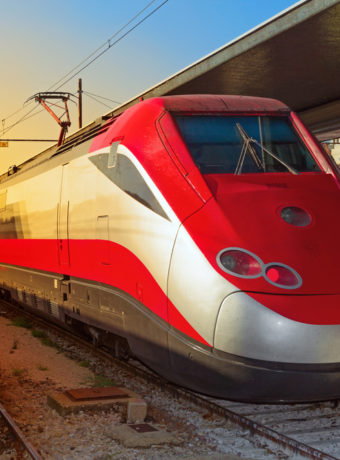Where the gently rolling hills of Tuscany end, Milan, Italy and the lake district begin. It begins relatively flatly, an extension of the river plains, but soon ascends into the rugged Italian Alps. This juxtaposition means its a great vacation destination; the region enjoys warm summers and cool, alpine winters. It’s been a favourite of travellers since the 19th century. The largest city in the lake district is Milan, Italy. This fashion capital is also home to one of the most impressive cathedrals in the western world, several artistic masterpieces, and some of the best shopping east of Paris.
Milan, Italy
Milan, Italy is the capital of the northern Lombardy region. It is also home to the Italian national stock exchange, is a global fashion centre, and is the second most populous city in Italy, after Rome. It was founded by the Celts in the 5th century BCE, an was under Celtic rule until the Romans conquered, in approximately 222 BCE. When the Roman Empire split in two, Milan became home to the Western Roman Empire rulers. Over the next several centuries, Milan was attacked multiple times. It was alternately ruled by the Romans, the Huns, Byzantine, Ostrogoth, and Lombards, until finally Milan surrendered to Charlemagne in 774AD. German rule didn’t last too long, as Milan gained independence in the 12th century AD.
Milan prospered over the next millennium, until finally Napoleon conquered and made Milan the capital of the Kingdom of Italy. Post-Napoleon, Milan returned to Austrian control, and finally – finally! – incorporated into the Kingdom of Sardinia and then the Kingdom of Italy in 1861.
Italy’s Lake District

Eight different regions make up the lake district. Of these, the most famous are Lake Maggiore, Lake Garda, and Lake Como. Lake Maggiore is most well known for its skiing; the 2006 Winter Olympics were held in Torino. Outdoor activities abound here; in the summer, there’s water sports and hiking while in the winter snow sports are hugely popular.
Activities in Milan, Italy
While Milan is definitely the financial and industrial capital of Italy, it is also one of the world’s most famous fashion destinations. Travellers from across the globe head to Milan for Fashion Week, for incomparable shopping, and for the creme de la creme of Italian couture. The Galleria Vittorio Emanuele II is one of the city’s largest shopping centres; it is also one of the world’s oldest shopping malls. The steel and glass structure that encloses the galleria streets was built in the late 1860s. Up until 2012, the central atrium housed three haute couture shops and a McDonalds; the city of Milan refused to renew the McDonalds lease, however, and the fourth corner is now a Prada store.

Other attractions in Milan include the Duomo, the world’s largest Gothic cathedral, Sforza Castle, and Santa Maria delle Grazie. The Duomo was built in 1386, although it took nearly six centuries to be fully completed. Sforza Castle is a medieval fortress in the city. It is one of the largest citadels in Europe, but now houses many of Milan’s art museums.
Did you know? The Duomo di Milano is the largest cathedral in Italy. Although St. Peter’s Basilica in Rome is larger, it is also technically in the Vatican, a different country.
Santa Maria delle Grazie, a UNESCO World Heritage site, is home to Leonardo da Vinci’s The Last Supper. The church was built in 1463 and completed before the end of the century. On August 15, 1943, the church was bombed, resulting in damage to most of the refectory – except for the wall where da Vinci’s painting is. Visitors to the church are allotted only 15 minutes with the painting and must have a reservation.
**
xx




